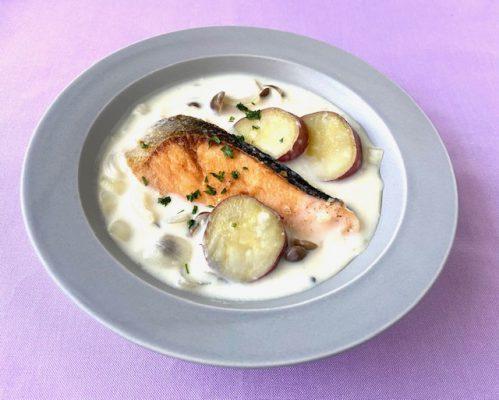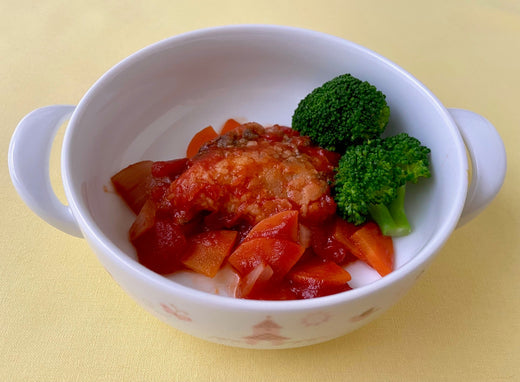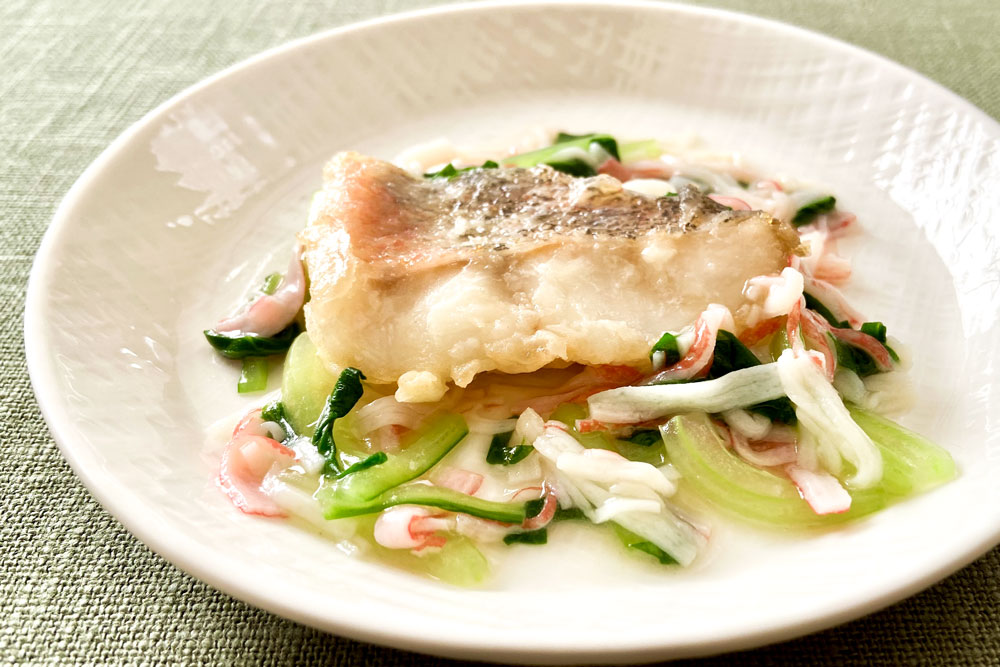Fish Dictionary | Spanish mackerel
This is the key to Okafoods' Spanish mackerel!
✓ Number 1: It's a Spanish mackerel, a member of the Spanish mackerel genus!!
There are many fish that are called sawara, but how are they different? They are of different species. They can be divided into the genus Sawara, the genus Kuroshibikamasu, and the genus Kokanee.
・Scombridae family, Scombridae genus - Spanish mackerel, Japanese scombridae, and Scombridae
・Family: Pectiniidae, Genus: Pectiniidae - Pectiniidae (Oki Spanish mackerel, Barracouta)
・Family: Pectinidae, Genus: Pectinidae - Pectinidae (Silver Spanish mackerel)
Therefore, even if something is called a sawara, it may not actually be a fish of the genus Sakhalin.
✓ Number 2: It is written with the fish radical and the character for spring, and it is a mackerel, but it is a fish that is processed in the cold season!!
Although the fishing season varies depending on the region, the mackerel caught during the cold, pre-spawning season is the most fatty. Okafoods targets and purchases mackerel that are at their fatty best during the cold season (November to January) before spawning.
✓ No. 3 We also pay special attention to freezing after catching!
Spanish mackerel are caught in the waters off the coast of China (near Jeju Island), unloaded at ports in Shandong and Zhejiang provinces, and immediately frozen at partner factories along the coast. At the Zhejiang factory, the mackerel are hung from above and frozen straight to prevent bending (vertical freezing), making them easier to process later.
☝Trivia
A typical fish that grows with age! Spanish mackerel and Spanish mackerel are the same fish!!
In the Kanto region, it is called Sagochi, and in the Kansai region, it is called Sagoshi (up to about 50 cm), Yanagi (up to about 70 cm), and Sawara (over 70 cm). Sawara and Sagoshi are the same fish, so both are correct names.

Characteristics of Sawara
Some people say, "I don't like fish because it smells fishy!" This is because after a fish dies, the fishy smell is mainly caused by an increase in trimethylamine (a substance produced by the decomposition of fish protein). However, regardless of freshness, sawara itself and matured miso-marinated sawara products naturally contain this substance, and even within this there is variation. For this reason, Oka Foods has dedicated inspectors (taking 30-minute shifts) conduct odor tests three times during the manufacturing process of "Plus Sawara Fillets (Boneless)" and "Plus Sawara Saikyozuke (Boneless)" to prevent fillets with a fishy smell from reaching the market.

The story of how boneless fillets were born from fish with bones!
✓ Question 1: Do boneless fish swim in the ocean?
All fish have bones. Usually, their bodies are made up of five types of bones: jaw bones, fin bones, belly bones, backbone, and pin bones, which is why they are able to swim freely. But how do they remove the bones? Okafoods' boneless fillets are made by removing the bones one by one by hand. During this process, we also manage the processing time and the core temperature of the fillets to maintain freshness.
✓ Part 2: A heartbreaking effort to leave no bones behind!!
At the manufacturing site, we use various methods to ensure that no bones are left behind. We provide thorough training on the location of bones in each type of fish, as well as repeated training on the skills required to remove bones. We also provide training to workers who remove bones by hand, so that they can understand why bones must be removed and think about the meaning of this from the perspective of the customers who will be eating the boneless fillets (children, the elderly, hospital patients, etc.).At the same time, we aim to create a workplace where workers can work with peace of mind for the long term by improving factory labor management and cultivating workers with a high sense of responsibility and technical ability.
Okafoods' popular Spanish mackerel product

Plus Spanish mackerel fillet 60g (bone removed)
Sawara is a food culture found in Western Japan, but is now popular all over the country. We use carefully selected fatty sawara, which boasts a soft texture.
Click here for products
60g Sawara Saikyozuke (bone removed)
It is carefully hand-marinated in specially made Saikyo-style miso for two days and nights (48 hours). The moisture from the mackerel is replaced with miso, resulting in the delicious flavor of authentic, well-aged pickled fish. It is a food ingredient that supports those with a taste for luxury.
Click here for products
Sawara Saikyo-yaki (bone removed)
We use carefully selected fatty mackerel and slowly marinate it in our special Saikyo miso to create an authentic flavor. Enjoy the plump and juicy taste of the meat cooked using the effects of far infrared rays.
Click here for products














